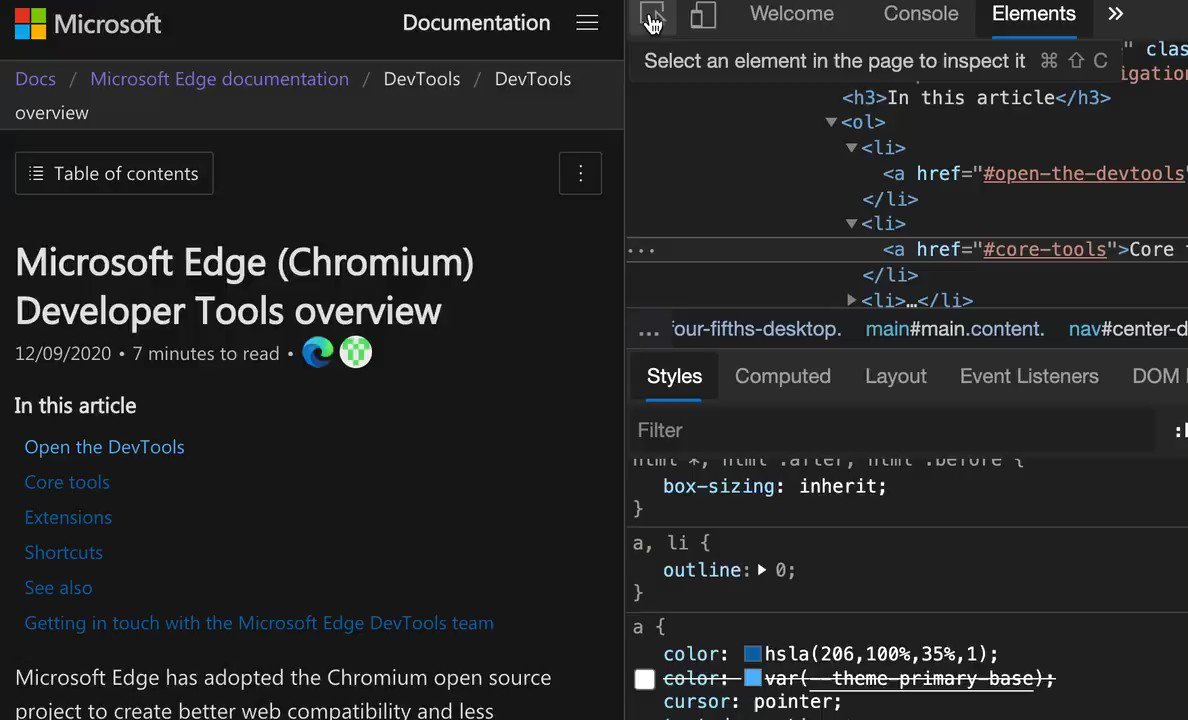So, given someone has this idea.
Then the only question is can it be done.
Well, we're already installing all the tech to do this for autonomous vehicles, drones and smart city infrastructure.
It really wouldn't be a huge leap to do that for people.
But how might that be possible 🤔
Sure we can already do it with phones right, but not everyone has a phone and sometimes the batteries die blah blah.
Could we do it in a way that it was difficult to circumvent, and always active?
Well, maybe we could if we put our thinking caps on about the problem.
--- this line intentionally left blank ---
Now I'm going to enter the wild world of wild speculative futurism, so take everything else with a pinch of salt 🧂
--- this line intentionally left blank ---
Turns out cell phone towers pinpoint the location of your phone as part of how they work.
And then as you move around you switch from one tower to another.
I think most people get this.
Something like the image below
But screw cell phones, we are in the future here!
Can we get future cell towers to track individuals??? 🤔
Well maybe this little baby has some legs...
An 85μm THz spectrum cavity resonator that can be be manufactured so that they are tuned to different resonant frequencies.
Okay so if we stuck a bunch of these under the skin of an individual, and some of them are tuned to one frequency and some others are tuned to another frequency, you could make up kind of a unique identifier for that person, right.
Similar to an RFID that and totally passive.
All we now is to read them as they move around .
But in this hypothetical future, it just so happens we have many base stations everywhere, even inside our homes.
And these stations form a mesh network with each other and able to work in the terrahertz field of the spectrum.
The base stations could send out a
RF signals that match the resonant frequencis of the sub-miniature implanted cavity resonators under the skin.
If the frequency matched, the tiny resonator would 'chirp' like a bell ringing.
This could be read back and position triangulated.
Assuming you had enough base stations, and a population that had some of these little resonators, it seems the technology is certainly plausible.
And you know what Andy Grove said...
Wouldn't this be a really awesome way to geofence criminals like YOU!
BWAHAHAHA.
Only kidding, I'm a good guy 😉








